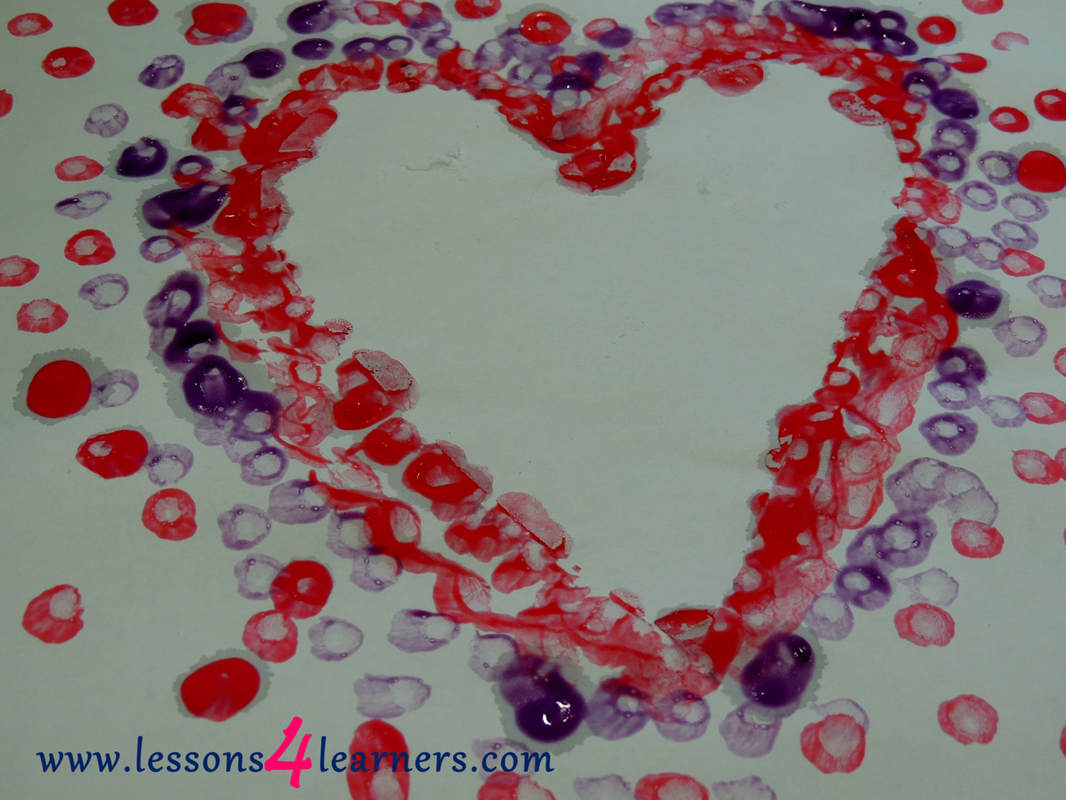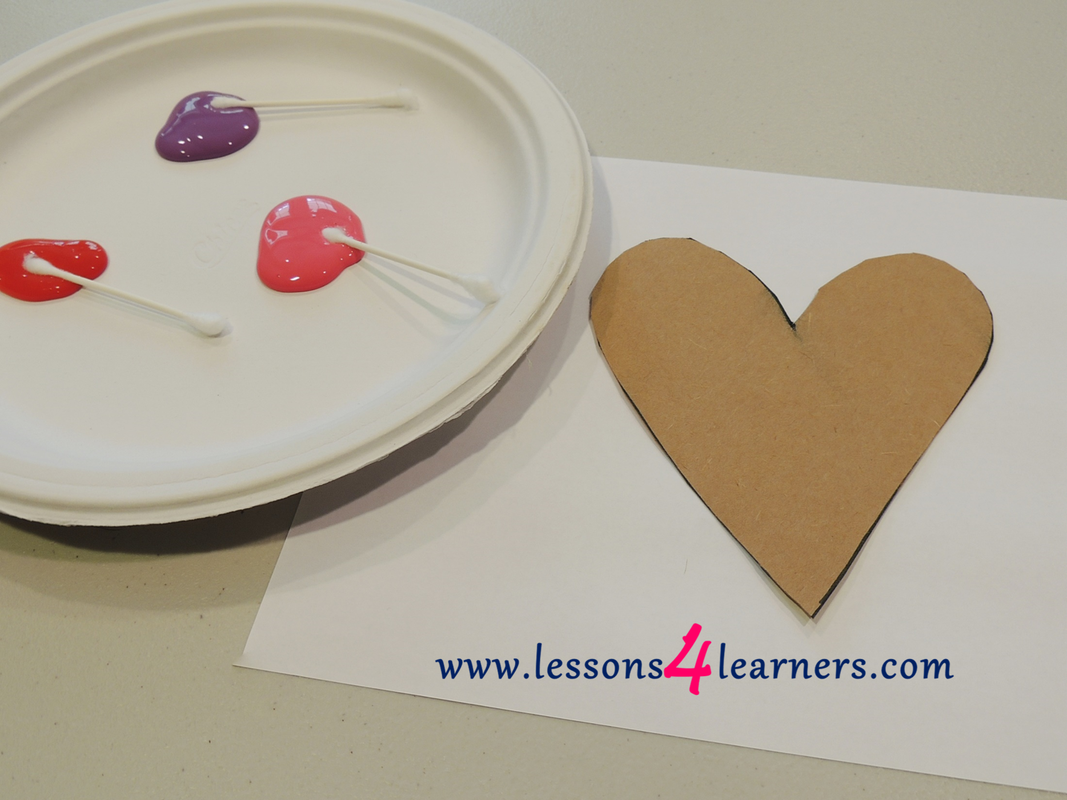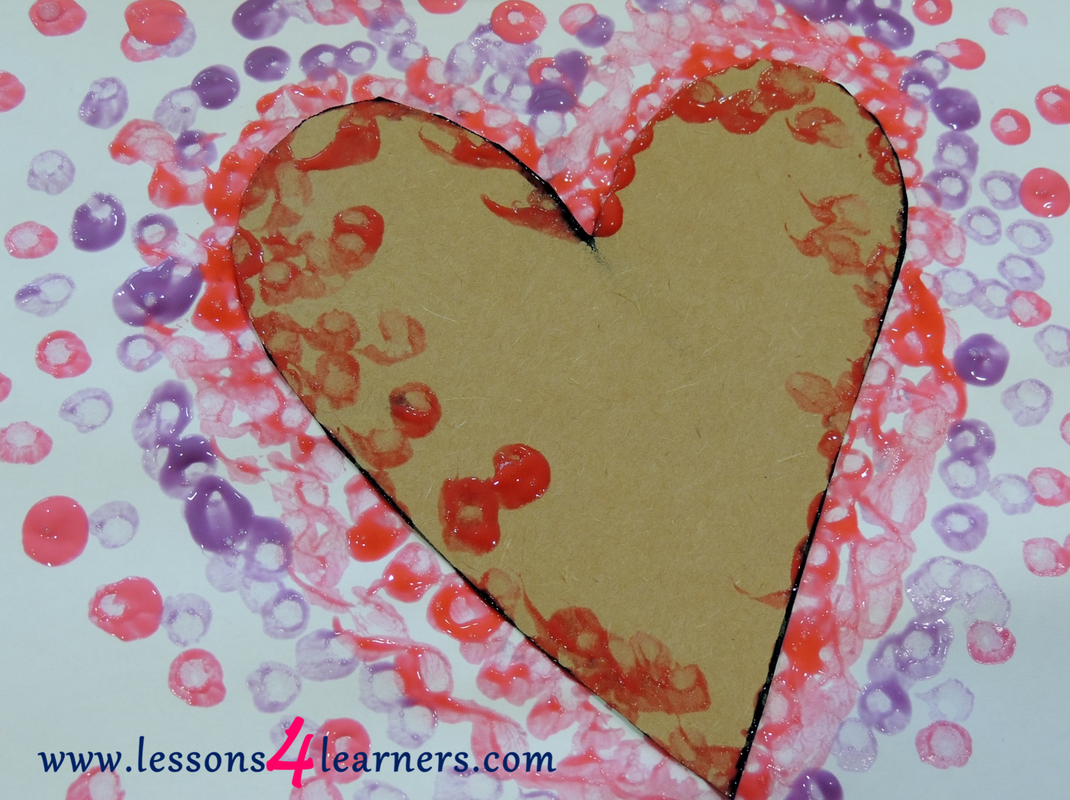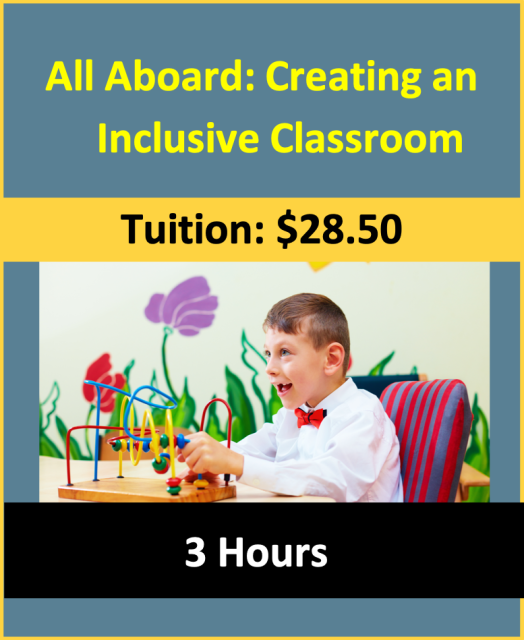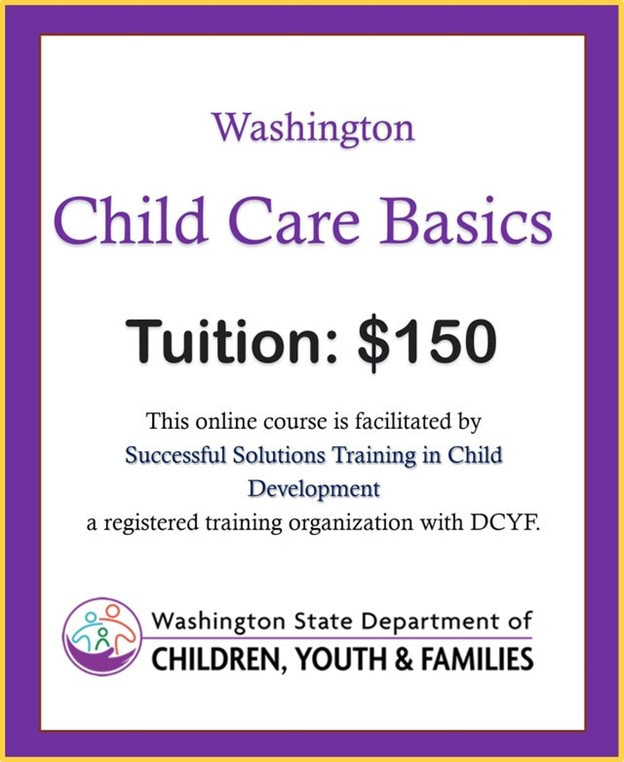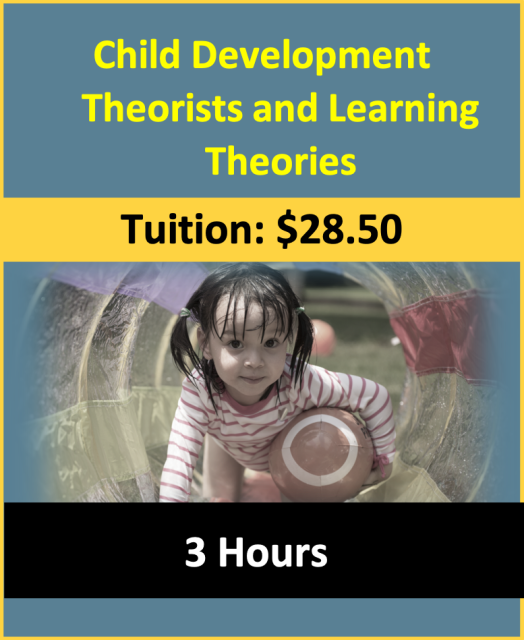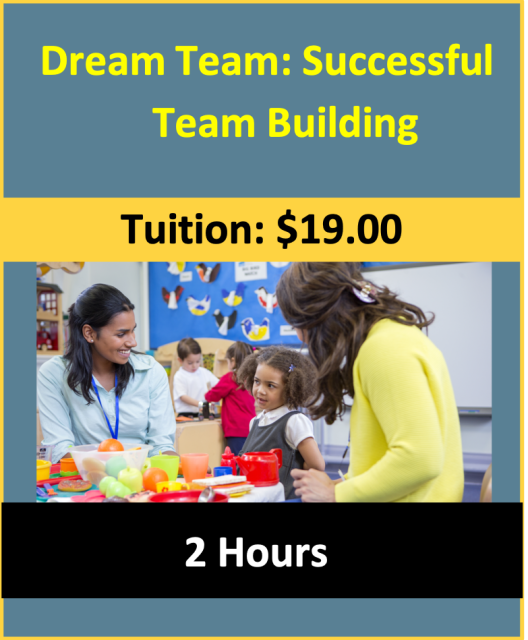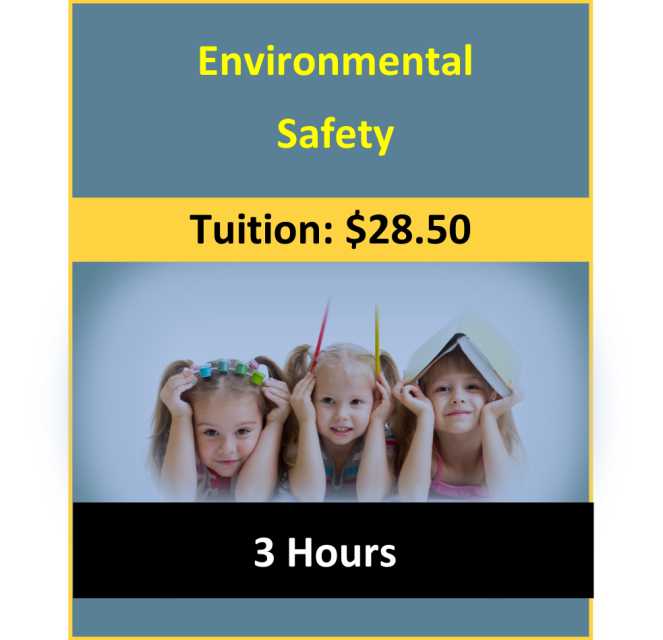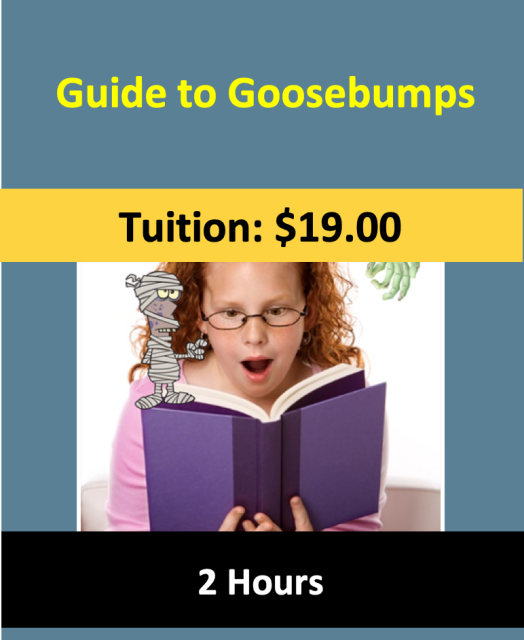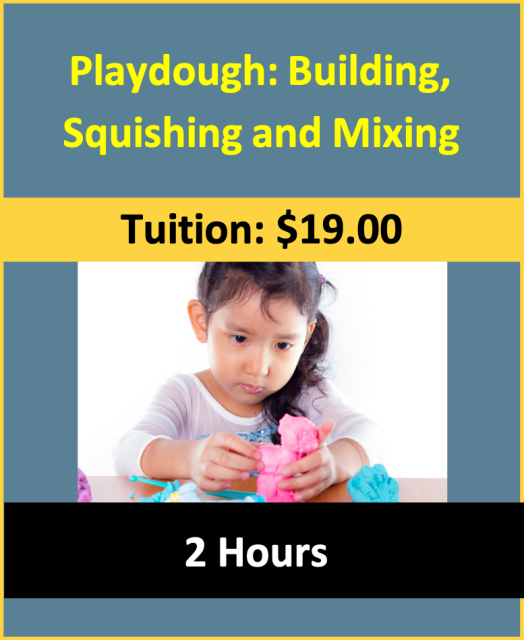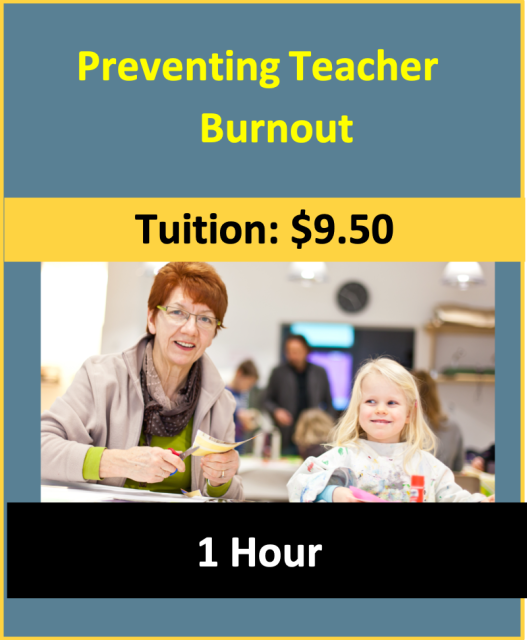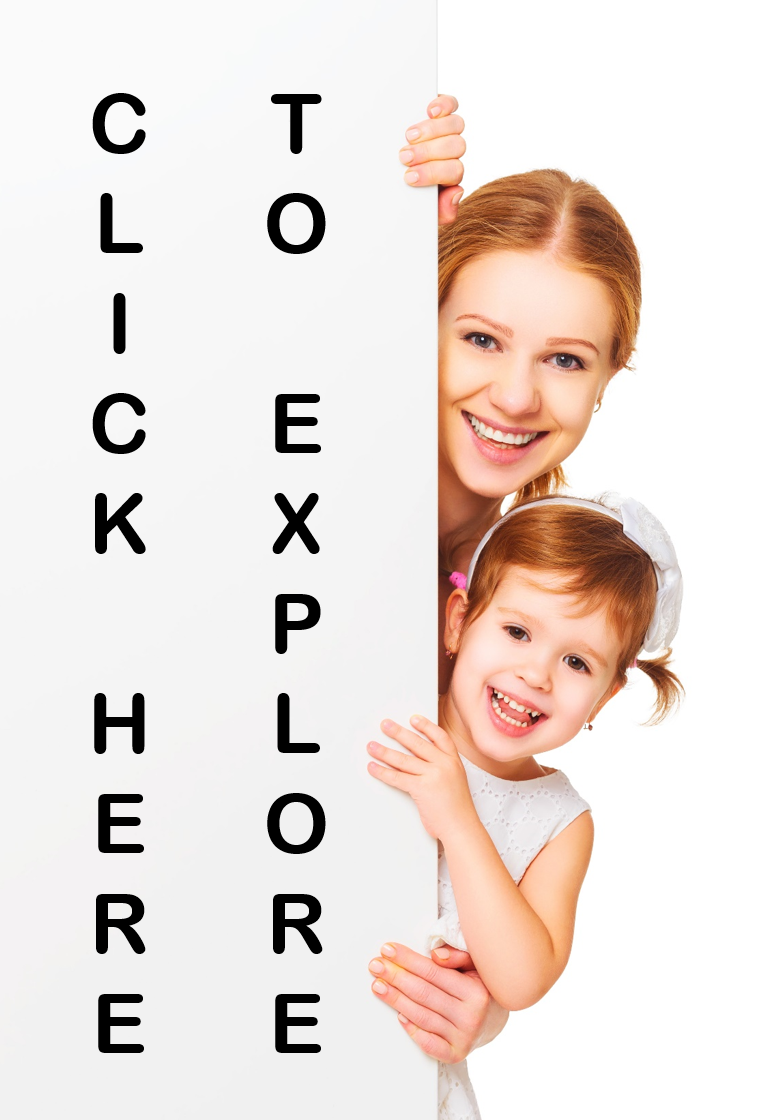Q-Tip Hearts
Lesson Plan:
|
Activity:
Q-Tip Hearts
Lesson plan developed by Ms. Erika Geelhoed, BA Ed
Age Group:
* Lesson plan objective and assessment can be adapted to use this activity with school-age children.
Objectives:
Children will:
|
|
II.7.1a
Materials:
|
Procedure:
- Prepare for activity by cutting cardboard into a heart shape.
- Tape this piece to the middle of a piece of paper.
- Provide the children with Q-tips and paints.
- Encourage them to dot the Q-tip around the edge of the cardboard (don’t worry if they get paint on it, it will be removed later).
- When children are finished, allow paint to dry.
- Remove the cardboard heart.
- Show the finished piece to the children and talk with them about what they did.
- You can ask questions like:
- How did you create this? Tell me about it.
- Which colors did you use? Are any of these your favorite color?
- Who are you going to give your Valentine Heart to? Why them?
Assessment:
- Observe and record the children’s small motor skills during the activity. What did the children have to say about their work? Be sure to record any conversations the children had with you or other children during the creating process.
Click on the course icon for enrollment information.
Young children require extended and unhurried periods of time to develop their creativity.

As young children’s enthusiasm for investigation and exploration develops, they often become absorbed and concentrate for long periods of time. In addition, they may want to revisit an experience several times while they extend and consolidate their learning. This requires the teacher to be flexible in their approach to the allocation of time. This could be over the course of a day or a week, or even over an extended period, to allow young children to become involved in the long-term exploration of something which particularly interests them. Teachers should offer young children adequate time and space to explore ideas within an enabling environment. You should stand back sufficiently to notice what intrigues, confuses and inspires the young children you are working with, so that any intervention occurs from a closer understanding of children’s creativity.
